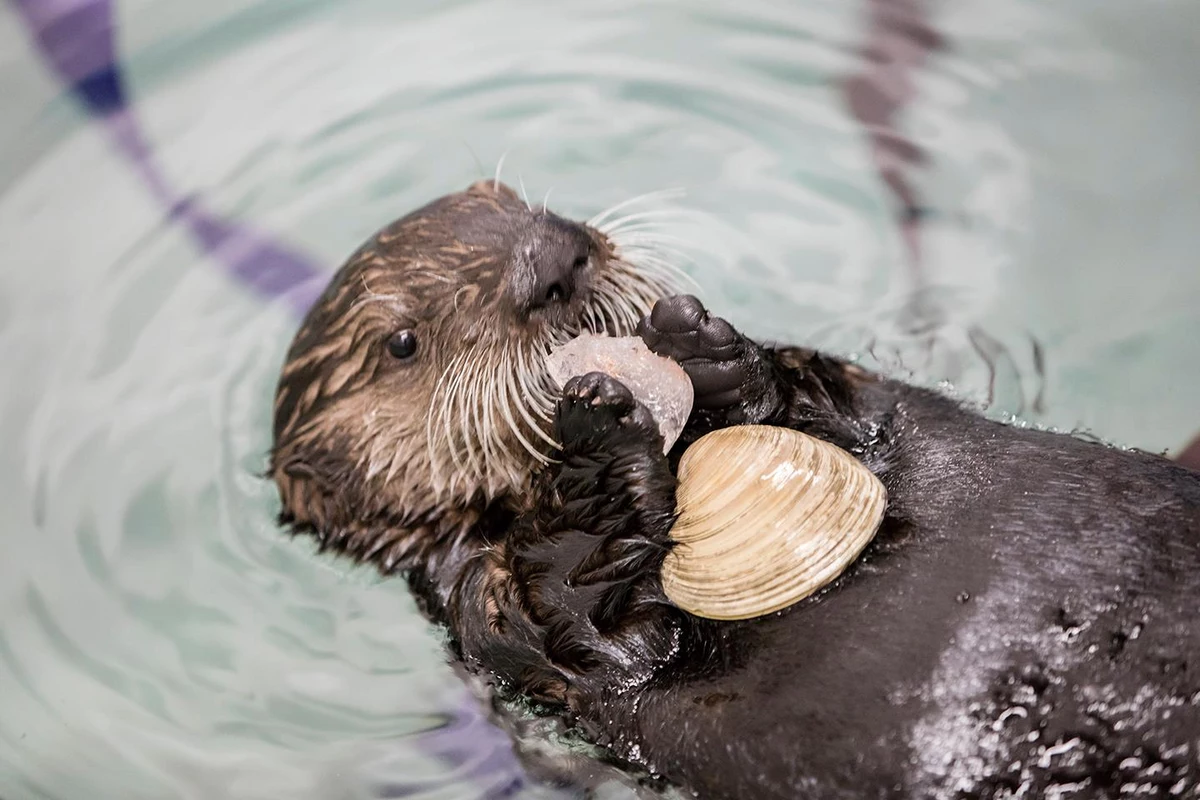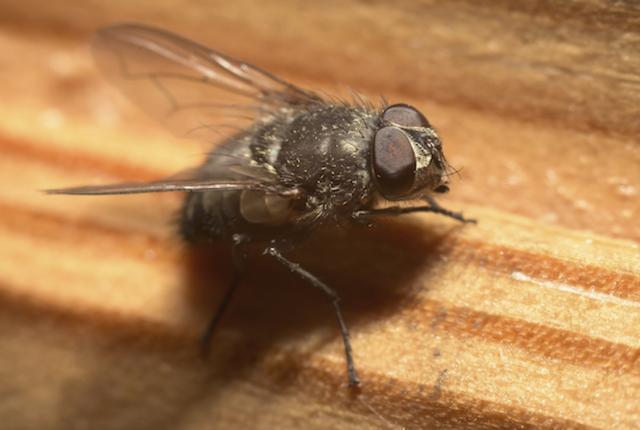You can hypnotise chooks by making them go cross eyed, yes, I've done this.
It takes two people. One holds the chook down on the concrete, one hand in the middle of it's back, the other hand holding the head so that it's neck and beak are flat out on the concrete.
The second person puts a piece of charcoal or brightly coloured chalk on the concrete at the tip of the bird's beak, they draw a straight line away from the bird's beak at the same time as the first person let's go.
The bird will go cross eyed and just stay there, exactly how you left it. Completely mesmerised.
To wake it up again all you have to do is touch it, a gentle poke in the wing is enough.
It takes two people. One holds the chook down on the concrete, one hand in the middle of it's back, the other hand holding the head so that it's neck and beak are flat out on the concrete.
The second person puts a piece of charcoal or brightly coloured chalk on the concrete at the tip of the bird's beak, they draw a straight line away from the bird's beak at the same time as the first person let's go.
The bird will go cross eyed and just stay there, exactly how you left it. Completely mesmerised.
To wake it up again all you have to do is touch it, a gentle poke in the wing is enough.




